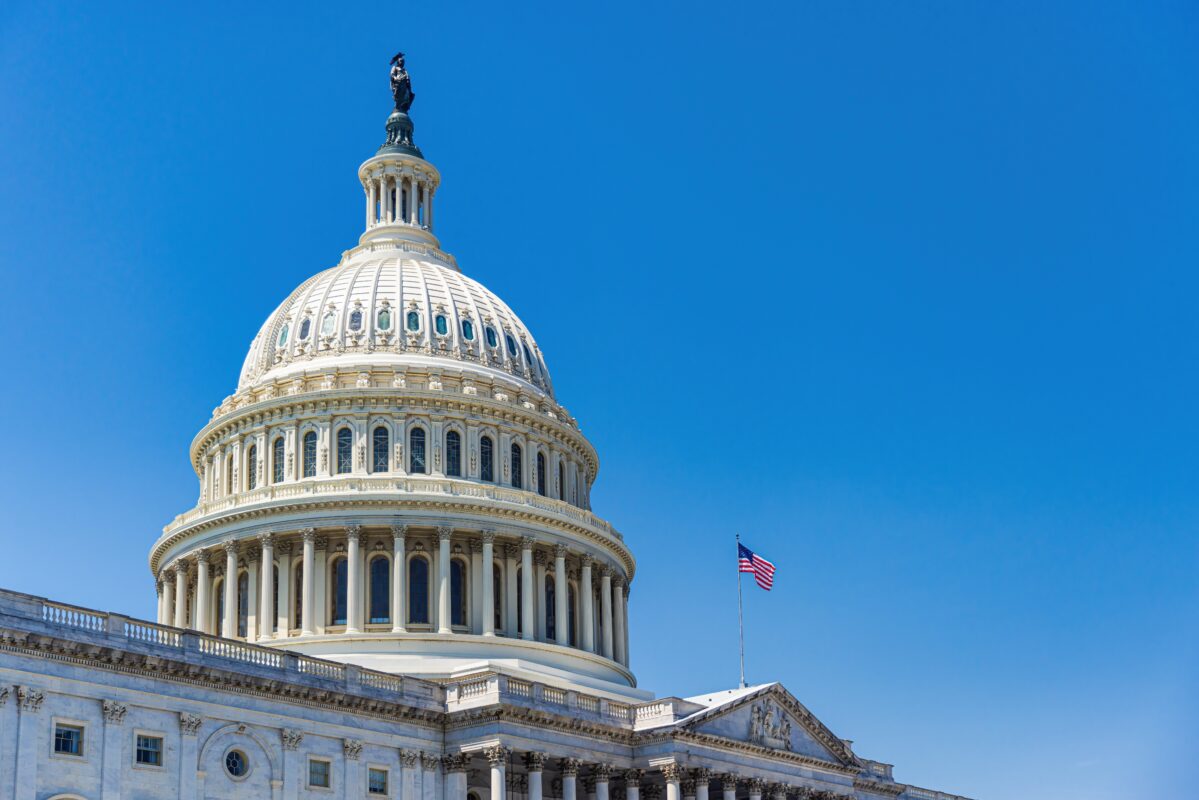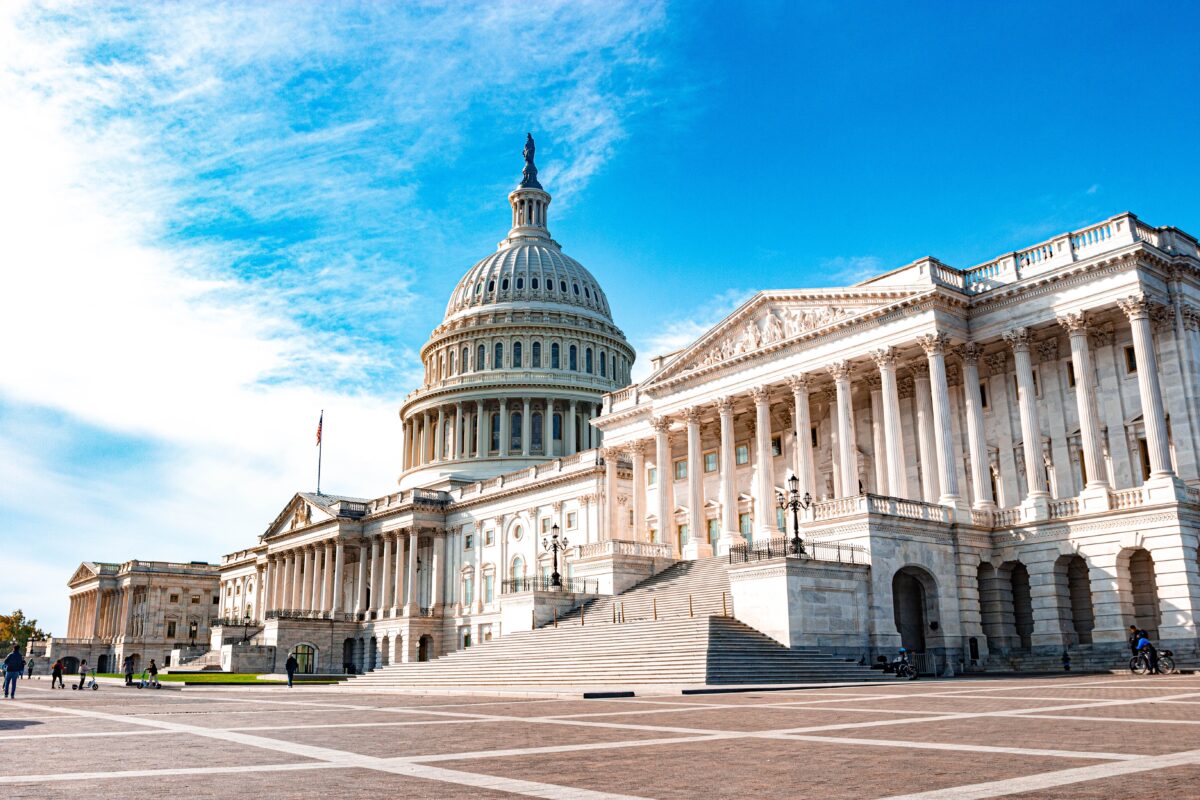As audiologists, we know that early detection and intervention for permanent, sensorineural hearing loss (SNHL) is critical for language development, academic achievement, and social and emotional well-being.
The authors of this study investigated 53,711 children with hearing loss and a mean age of 7 years 3 months. The children were both male and female, Asian, Black, Hispanic, and White.
Their goal was to further understand how patient and clinician factors influenced variations in the diagnostic workup and management. The associations of age, sex, SNHL laterality, clinician type, race/ethnicity, and household income with diagnostic workup and intervention use were measured in multivariable analyses.
The results were less than optimal. Of all patients, 32,200 (60.0 percent) were seen by general otolaryngologists, while 7,573 (14.10 percent) were seen by pediatric otolaryngologists.
Diagnostic workup (electrocardiogram, testing for cytomegalovirus, magnetic resonance imaging, computerized tomography, genetics) was received by only 14,647 patients (27.3 percent), while only 13,482 (25.1 percent) received intervention (speech-language therapy, hearing aids, cochlear implants).
Children who were seen by pediatric otolaryngologists and geneticists had the highest odds of receiving workup and intervention. Additionally, racial/ethnic and economic disparities were observed in the use of most modalities of diagnostic workup and intervention.
“Since hearing loss has profound effects on children’s language development and learning, making sure that your children get the appropriate workup and treatment is critical,” said Cheng, chief of pediatric otolaryngology at Stanford University School of Medicine.
Both the diagnostic workup and treatment of children with hearing loss can vary, which can lead to different patient outcomes,” Cheng said.
There obviously remains a great need for increased education and standardization in the management of childhood SNHL.
Reference
Qian ZJ, Chang KW, Ahmad IN, Tribble MS, Cheng AG. (2020) Use of diagnostic testing and intervention for sensorineural hearing loss in US children from 2008 to 2018. JAMA Otolaryngol Head Neck Surg. Published online December 30, 2020.
Recent Posts
Congress Introduces Legislation to Protect Audiology Students’ Access to Federal Loans
New bipartisan legislation (H.R. 6718) introduced in the U.S. House of Representatives would restore audiology to the federal definition of a professional degree under the…
Academy Presents Inaugural AAA National Health Leadership Award to Representative Bilirakis
Today, Patrick Gallagher, Executive Director of the American Academy of Audiology, presented the inaugural AAA National Hearing Health Leadership Award to Representative Gus Bilirakis (R-FL)…
2026 Academy Honors and Awards Recipients
Every year, the Academy asks colleagues, friends, and mentees to look around their professional circles and identify members who are deserving of recognition for outstanding…


